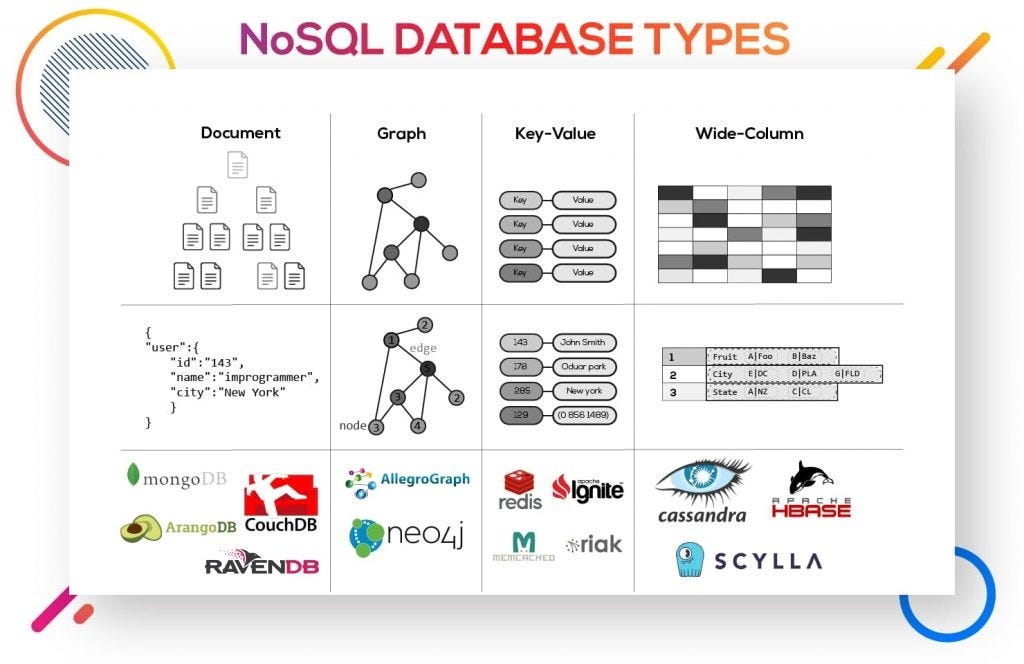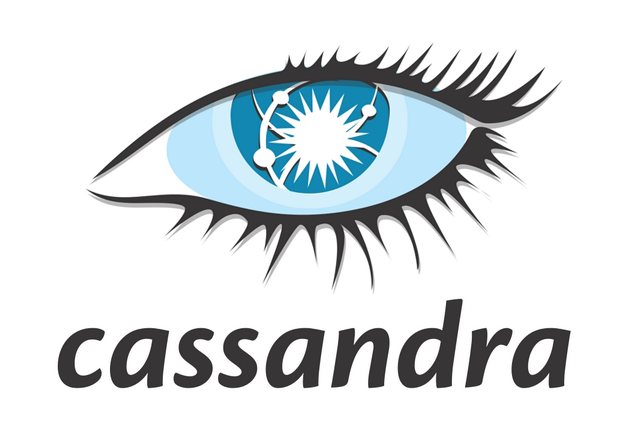We all started learning about Database with a formal definition, right!
“ A database is a collection of data that is organized so that it can easily facilitate the storage, retrieval, modification, and deletion of data in conjunction with various data-processing operations.”
But why knowing Database architecture is so crucial?
The architecture in the database focuses on software design, maintenance, and management that handles the actual data underlying the program. The right decisions about design would have a beneficial impact on database efficiency and on the scale-up capability.
Can we dig deep to know about Cassandra Architecture in this article! Yeah, before that let’s understand about basics of NoSQL, types, and CAP theorem.
NoSQL
We often hear the term ‘non-relational database’ which is nothing but NoSQL. Some say the term “NoSQL” stands for “non SQL” while others say it stands for “not only SQL.”
- NoSQL data models allow related data to be nested within a single data structure, so related data doesn’t have to be split between tables. They can easily process structured, semi-structured, and unstructured data.
- NoSQL database with a masterless, peer-to-peer architecture with all nodes being the same and guaranteed consistency to ensure constant availability. This offers easy scaling to adapt to the data volume on the applications. And also Zero downtime because data will be distributed with multiple copies across different nodes.
- Instead of the ACID (Atomicity, Consistency, Isolation, and Durability) properties, NoSQL systems are said to have BASE ( Basically Available, Soft state, and Eventually consistent) properties.
Types of NoSQL Databases

#partitioning #nosq #replication-strategy #cassandra #architecture
